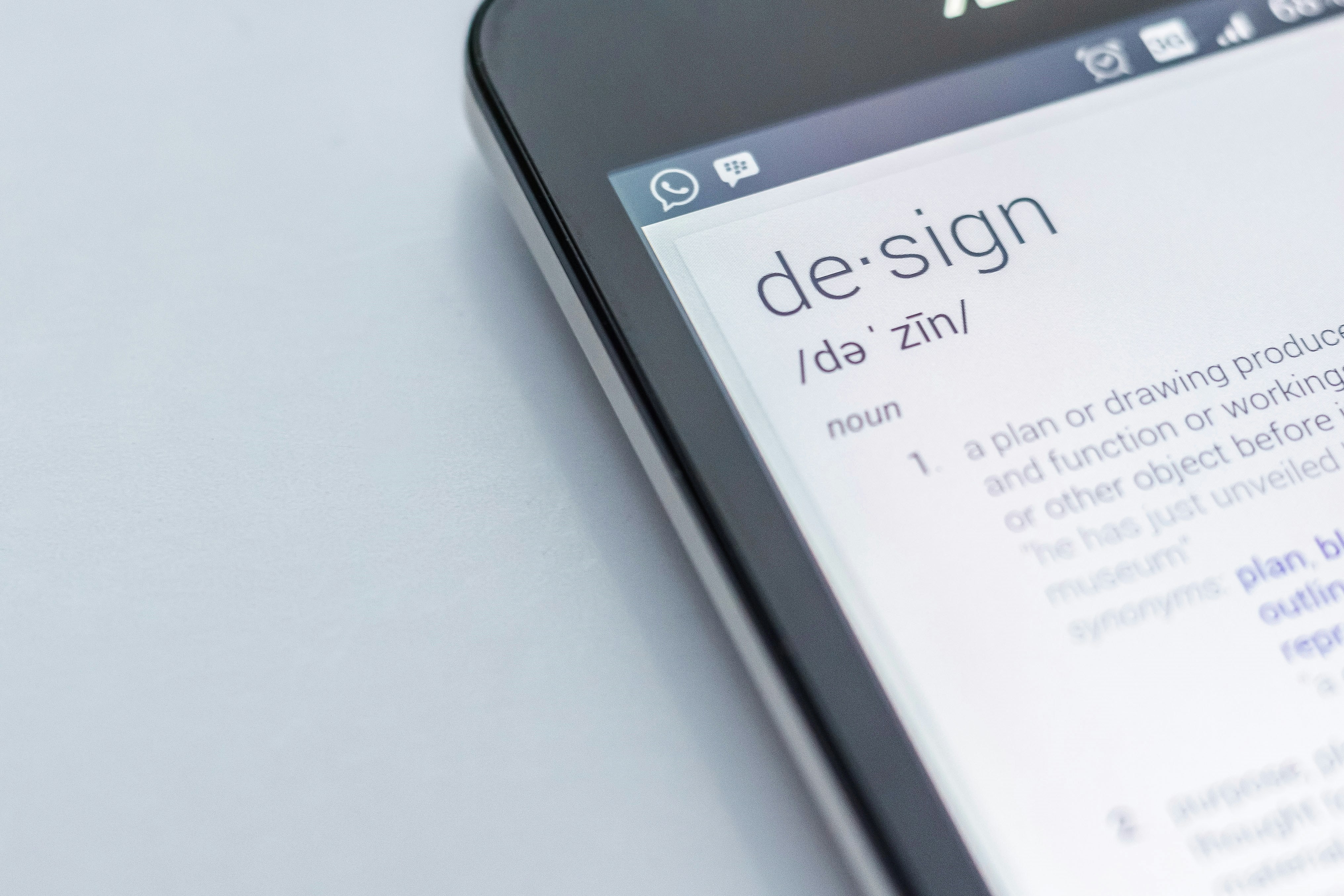This morning I found myself writing a long response to a question somebody posted on a design leadership Slack about the difference between UX, UI, and Product Design. Yes, I know, we’re all fed up with conversations about “defining the damned thing”; something I find deeply ironic as most digital designers work in a domain where language and nuance are important. However, the fact that these conversations still happen among us means that confusion still persists, so I thought I’d take another stab at this topic using a historical context. In order to do this, I wanted to take you back to the early days of the Web.
Design and the early web
Early websites were generally created by a single person, leading early Web Designers to be multi-discipline individuals with a strong technical background. As Web capabilities started to allow more nuanced visual design (like improved CSS browser support), this started butting up against many Web Designers’ visual design abilities. At the same time, this opened the door for traditional Graphic Designers who would focus on the visual design side of things. As such, Web Design bifurcated into Visual Design and Front-End Development.
As sites started to get more complicated, new types of problems started to emerge, including how to structure large-scale websites, how people would navigate around those websites, and how they would interact with things like buttons, forms, and “DHTML elements”. This led to the rise of disciplines like Information Architecture, Interaction Design, User Research, and Usability Engineering.
The rise of UX design
While larger institutions like Universities could bring in specialists from their Library Science, HCI, and CogSci courses to tackle these issues, the new role of UX Designer emerged to cover these areas. As such, for a while, it was common in large organizations and the agencies that served them to see UX Designers coming from these fields and UI designers coming from Graphic Design. This balance was maintained for a while, especially in Europe, where large institutions dominated the early Web. However, a few things happened to switch this up.
First, as Web Sites slowly morphed into Web Apps, people moved away from IA and towards Interaction Design. So this was one less thing for the generalist UX Designer to cover. As the importance of the Web grew, so did team sizes. This allowed further specialization, with companies hiring dedicated researchers, taking another role (usability testing) out of the hands of the generalist UX Designer. As such, UX Designers started moving more towards Interaction Design and then Visual Design (often out of necessity), while UI Designers started moving more towards Interaction Design and UX. As such, we found ourselves with a reduced need for dedicated UX Designers and a rise in hybrid UX/UI Designers.
I’d also add that UI Design is much easier to learn and practice on your own than UX Design. So it’s relatively easy to imagine (or re-imagine) a visual interface and post the resulting designs to Dribbble. It’s much harder to do user research, run a bunch of stakeholder workshops, sketch out some low-fidelity wireframes, turn these into a high-fidelity prototype, and then test them on your own. So even if you did a UX-related course, UI (and to a lesser extent Interaction Design) was always going to be the easiest entry point into the field. This means that most new designers start with a UI and Interaction Design bias, and grow their UX capabilities through exposure.
Enter the product design stage left
Around this time, we started seeing the rise of mobile apps. These mobile platforms already had user interface guidelines, reducing the need for UX Designers to approach things from a position of first principles. They also came with at least some pre-designed components, diminishing the need for quite so much UI design work. Instead, the work became assembling pre-existing components into a limited number of user flows. This was helped by the small screen real estate, which started squashing these skills together. As such, we started needing people with more Interaction Design skills, particularly animation skills, in order to improve interaction on smaller screens.
As a result we started seeing a whole new generation of designers influenced by the UX/UI generalists, but working on smaller screens, and in smaller teams. These apps were often heavily productized and had analytics and feedback mechanisms (like app store ratings) baked in. These designers took a little more interest in how their work affected growth, often leaning into topics like gamification. Influenced by the language of Silicon Valley and finding themselves part of smaller Product Teams led by a Product Manager who often led product discovery and strategy, the term Product Designer became increasingly popular.
As a result of these trends, you began to find UX Designers, UI Designers, and UX/UI Designers coalescing in agencies and larger institutions, especially in European countries; while Product Designers tended to feature in startups and tech companies, especially in the US.
UX/UI designer vs product designer
There’s obviously a huge overlap between a Product Designer and a UX/UI Designer these days (and arguably there always has been). As such, when it comes to craft skills, the differentiation is too small to be almost meaningless. However, I still find that the title people use hints at the individuals’ background, the type of work they’ve been doing, and the type of companies they’ve been doing it for, as well as a subtle difference in attitude based on the slightly different lens they view their work through.
This is going to be the most contentious statement in this article, but even though the differences have reduced, I still find that people who describe themselves as UX/UI designers tend to be more academic and influenced by the world of HCI (although this is definitely reducing). As such, UX/UI Designers also tend to be heavily focused on user needs, often above all else. Now this isn’t to say that Product Designers don’t also care about user needs — they clearly do. However, because they come from slightly more commercial backgrounds, they also tend to be a little more pragmatic when it comes to the trade-offs between user and business needs.
Of course, these are super subtle generalized trends. I meet a lot of UX/UI designers who lean into the business side of things, and an equal number of Product Designers who see themselves as the user champion. I also meet a lot of Designers who use UX/UI Designer and Product Designer interchangeably, rendering any distinction meaningless. So while in aggregate I still see a difference, that gap is narrowing and requires you to judge individuals on a case-by-case basis — which let’s face it, is something we should be doing anyway.
The article originally appeared on Medium.
Featured image courtesy: Edho Pratama.








